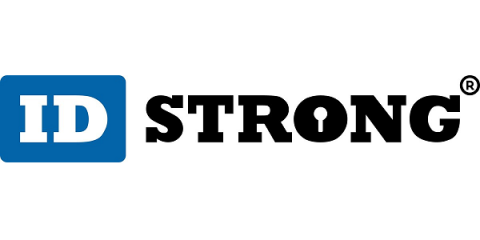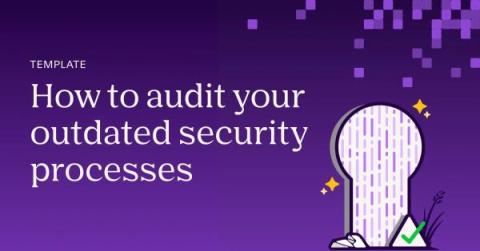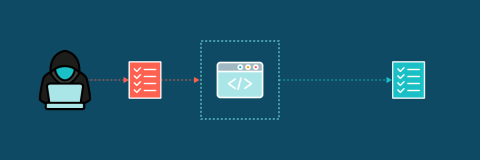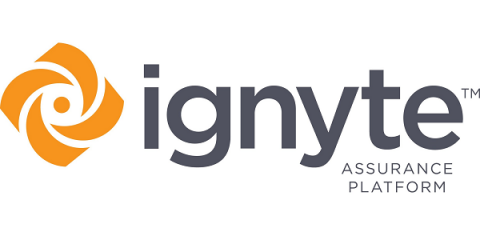What is IT Security Audit: Its Importance, Types, and Examples
More organizations than ever are moving to online processes, offering convenience and efficiency to their consumers and clients. However, the move to digital isn’t without its risks; security audits assess the current state of an organization’s IT and data environments and then offer recommendations to improve them. Security audits are an essential aspect of an organization’s approach to data defense, especially when threats are moving and growing daily.











